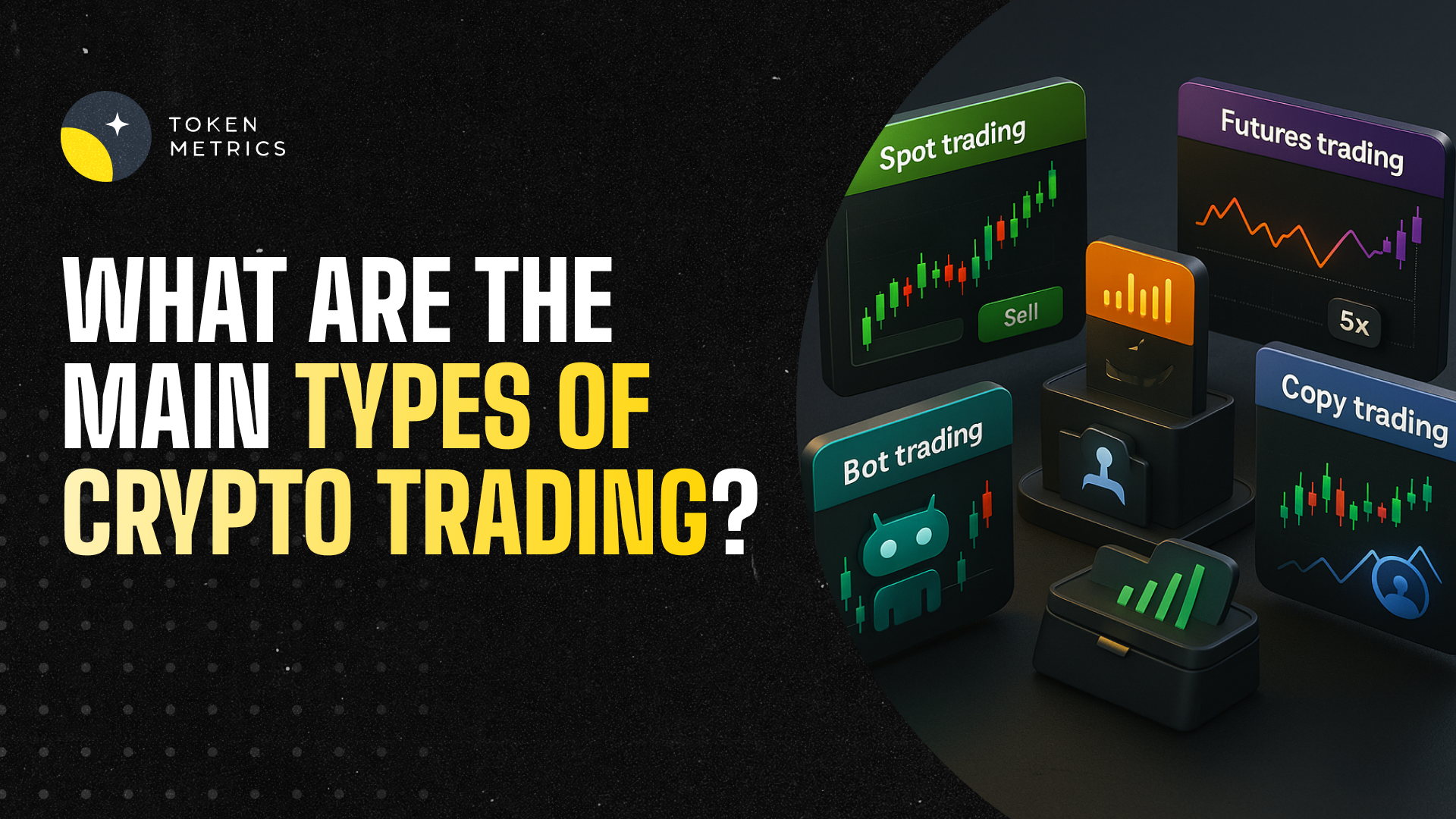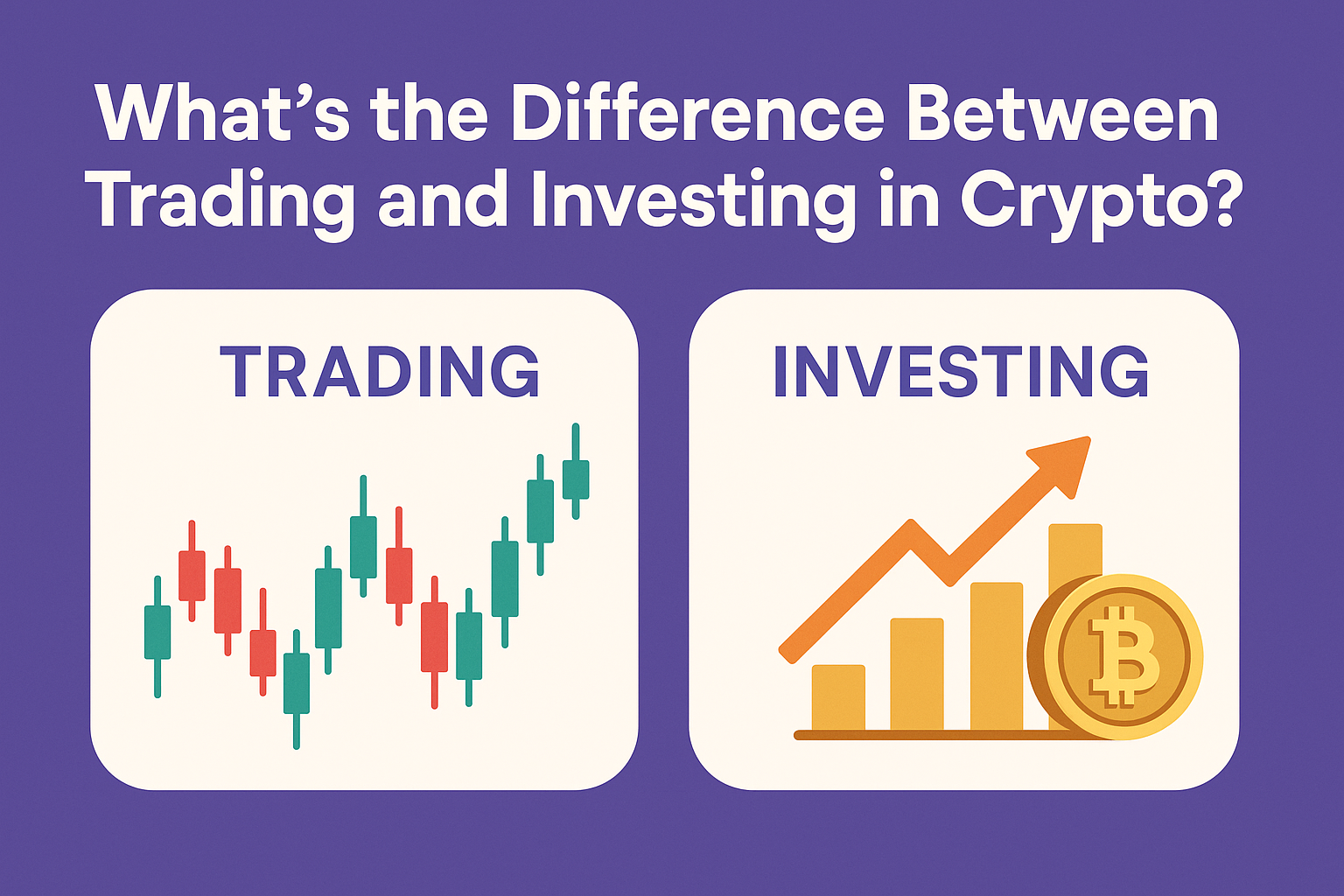
Cardano (ADA) Price Prediction 2025, 2030 - Forecast Analysis
%20Price%20Prediction%202025%2C%202030%20-%20Forecast%20Analysis.png)
Click here to trade cryptos at MEXC!
Contact us at promo@tokenmetrics.com for marketing and sponsorship programs.
As the crypto market expands, numerous high-potential cryptocurrencies are being introduced. However, there are only a few cryptos that have demonstrated significant potential in recent years, one of which is Cardano.
Cardano holds immense promise beyond being a mere profit-driven asset. With its foundation rooted in meticulously reviewed academic research, Cardano has fostered a robust community over time.
Backed by a strong technical framework and an ambitious team, ADA has emerged as one of the leading cryptocurrencies globally.
This article delves into a comprehensive analysis of Cardano (ADA) and its prospective growth. We examine its historical performance and current fundamentals and present a range of scenarios for price prediction.
Furthermore, we evaluate expert viewpoints, discuss the risks and rewards associated with investing in Cardano, and shed light on the project's ongoing developments and future potential.
Cardano (ADA) Overview
Cardano is a third-generation, fully open-sourced, decentralized public blockchain that operates on a Proof-of-Stake (PoS) consensus mechanism.
It aims to provide a platform for hosting smart contracts by developing advanced features that cater to the dynamic nuances of various decentralized applications (dApps).
Cardano has positioned itself as a potential game-changer in the blockchain industry, focusing on scalability, interoperability, and sustainability.
Historical Performance of Cardano
Cardano's performance in the cryptocurrency market has been notable. ADA has shown resilience and steady growth despite facing volatility and market fluctuations.

In 2021, Cardano reached an all-time high of $3.09 in September, reflecting its strong market presence. However, it is essential to note that past performance does not guarantee future results, and the cryptocurrency market is highly unpredictable.
Cardano (ADA) Current Fundamentals
To understand Cardano's future potential, it is crucial to examine its current fundamentals. ADA, the native token of the Cardano network, serves multiple purposes within the ecosystem.

It is used for transaction fees, staking, collateral for executing contracts, and governance. Cardano has a total supply of 45 billion ADA, with around 35 billion ADA currently in circulation.
Furthermore, Cardano employs a unique two-layer architecture, separating the settlement layer (CSL) and the computation layer (CCL).
This separation enhances flexibility and scalability, making Cardano an attractive platform for developers and users alike. Additionally, Cardano has its own token standards, allowing for the creation of custom tokens directly on the ledger.
Cardano Price Prediction - Scenario Analysis
To forecast Cardano's future price, it is crucial to consider multiple scenarios based on different market conditions and expert opinions. Let's explore some potential price predictions for Cardano.
Cardano (ADA) Price Prediction: Bullish Market
In a bullish market scenario, where positive market sentiment prevails, Cardano's price has the potential to experience significant growth. Several factors could contribute to this bullish trend, including increased adoption, technological advancements, and positive regulatory developments.
If the crypto market cap hits $3 Trillion and Cardano retains its current 1.19% dominance, its price could ascend to $1.01.
In a more bullish scenario of the crypto market surging to $10 Trillion, Cardano's price could soar to a staggering $3.38, resulting in a potential 7x return for investors.
It is important to note that these predictions are based on various factors and assumptions, and market conditions can change rapidly. However, bullish market sentiment and increased adoption of Cardano's solutions could drive its price to new heights.

Cardano (ADA) Price Prediction: Bearish Market
In the event of a bearish market, Cardano's price could experience a correction, potentially leading to a decrease in its value. In this case, the price of Cardano may face downward pressure with a decreased dominance of 0.59%.
In this scenario, If the crypto market cap hits $3 Trillion, Cardano could trade around $0.50 in the short term and struggle to surpass $1.69 by 2030 even if the total crypto market cap surpasses the $10 Trillion mark.
It is crucial to consider potential risks and challenges that Cardano may face. Factors such as regulatory developments, competition from other projects, and technological advancements can affect the growth trajectory of Cardano.
Also Read - Polygon Price Prediction
Cardano (ADA) Price Prediction - Industry Expert Opinion
When considering Cardano's price prediction, it is essential to take into account the opinions of industry experts. These experts analyze various factors, including market trends, technological advancements, and adoption rates, to provide insights into the future potential of Cardano.
Coinpedia platform predicts Cardano could reach $9.12 to $10.32 by 2030, and experts from Changelly forecast that it could reach minimum and maximum prices of $0.8 and $1 by the end of 2025. By the end of 2030, the price of Cardano could reach $5.50 to $6.58.
Other industry analysts have varying opinions on the future price of Cardano. Ambcrypto.com predicts that Cardano could reach $1.60 to $2.41 by 2030.
Note - Start Your Free Trial Today and Uncover Your Token's Price Prediction and Forecast on Token Metrics.
Is Cardano a Good Investment?
The investment potential of Cardano depends on several factors, such as individual risk tolerance, investment objectives, and market conditions. Many experts believe Cardano is an undervalued investment with significant growth potential in the coming years due to its wide range of applications.
The project's innovative approach, strong community support, and prospects for future expansion have garnered attention. However, conducting thorough research, analyzing market trends, and considering the risks associated with investing in cryptocurrencies is crucial.
Like any investment, Cardano carries both risks and rewards, given the high volatility and susceptibility to market fluctuations. It is important to comprehend the potential risks and be prepared for potential losses.
Also Read - Is Solana a Good Investment?
Cardano's Current Developments and Future Potential
Cardano has been actively working on its development roadmap and has achieved significant milestones. The project has gone through different eras, including Byron, Shelley, Goguen, Basho, and Voltaire, each introducing new features and enhancements to the platform.
Looking ahead, Cardano has ambitious plans for the future. The project aims to achieve full decentralization, improve scalability, enhance interoperability with other blockchains, and continue advancing its smart contract capabilities.
These developments, coupled with ongoing research and community engagement, position Cardano for continued growth and adoption in the years to come.
Conclusion
Cardano (ADA) has shown promising growth potential, backed by its strong fundamentals, technological advancements, and community support.
While the cryptocurrency market is highly volatile and unpredictable, Cardano's unique features and commitment to scientific research position it as a promising project in the blockchain industry.
When considering Cardano's price prediction, it is essential to assess various factors, including market trends, expert opinions, and the project's current developments.
It is equally important to understand the risks and rewards associated with investing in Cardano and to make informed decisions based on thorough research and analysis.
Disclaimer
The information provided on this website does not constitute investment advice, financial advice, trading advice, or any other advice, and you should not treat any of the website's content as such.
Token Metrics does not recommend buying, selling, or holding any cryptocurrency. Conduct your due diligence and consult your financial advisor before making investment decisions.
Click here to trade cryptos at MEXC!
Contact us at promo@tokenmetrics.com for marketing and sponsorship programs.

.svg)

Create Your Free Token Metrics Account

.png)




%201.svg)
%201.svg)


%201.svg)















.svg)




.png)